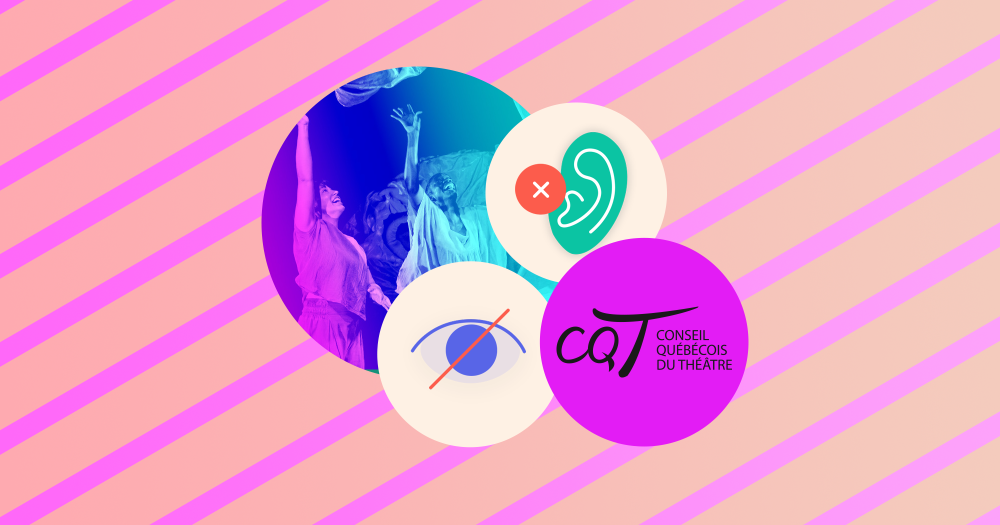Appwapp’s latest achievements
Our 10 years and more of existence are illustrated through our countless cooperations in order to carry out various large-scale projects. One of our most memorable challenges was the partnership with the CQT.
What we did
The project focused on accessibility, i.e. making the final product usable by a wide range of people, including those with disabilities or special needs. The stages of the project were as follows:
Wireframes UI/UX
At the beginning of the project, the team created layout diagrams (wireframes) that define how UI elements will be laid out. This made it possible to plan how users would interact with the app in a user-friendly and accessible way.
Graphic design
Once the wireframes were approved, the team worked on the visual design of the application. They created the graphic elements such as icons, buttons, and layouts, ensuring that they were both attractive and easy to use for all users.
Content structure
The team determined how to organize the content logically and consistently. This involves structuring information so that it is easy to understand and navigate, taking into account the needs of users with cognitive or physical limitations.
Integration and development
At this stage, the graphic designs and content structure were transformed into functional code. The focus has been on implementing accessibility best practices according to WCAG Level AA standards, ensuring that the app can be used by everyone, including people with disabilities.
Accessibility tests
Once development was complete, accessibility tests were conducted. These tests assessed whether the application actually met WCAG Level AA accessibility standards. This involves checking whether features are usable with assistive technologies (such as screen readers) and whether they provide a consistent experience for all users.
Accessibility Training
We had the privilege of providing an enriching three-hour training to emerging theatrical artists, aimed at broadening their horizons and raising awareness of good web practices to ensure the accessibility of websites. At the heart of our training is the importance of maintaining information that is always readable and understandable, a vital element in a dynamic online environment.
During the training, we covered a number of crucial topics. Color contrasts were explored in depth, with tips for designing interfaces that are accessible regardless of color. We also highlighted how to structure content in a web-friendly way. We emphasize the importance of the hierarchy of headers and alternative texts. Our goal is to equip the next generation with practical skills and in-depth knowledge to create inclusive and accessible online experiences, while maintaining a high level of quality.
Overall, our commitment to accessibility is not limited to delivering real-world projects. It also aims to empower actors and creators to integrate these vital principles into their work. This creates a lasting impact in the ever-changing digital world.




